This research article is about the evolution stage of Neuralink. A man living in darkness cannot know the importance of light, so the Neuralink technology is the light in darkness. This study highlighted the importance of the Neuralink. The purpose of this research is to educate society about the importance of the Neuralink and the new innovation that converts the imagination into reality.
Mind Reading started over 100 years ago…..
The discovery of brain waves led to the development of EEGs and MRIs. Well, in a literal sense, they aren’t really waves. Your nervous system creates these ripples in the electrical field. For a very long time, nobody really knew how to read those signals or even what they could do. But then, several inventions allowed us to understand them better, one of which was EEGs. EEG stands for electroencephalography.
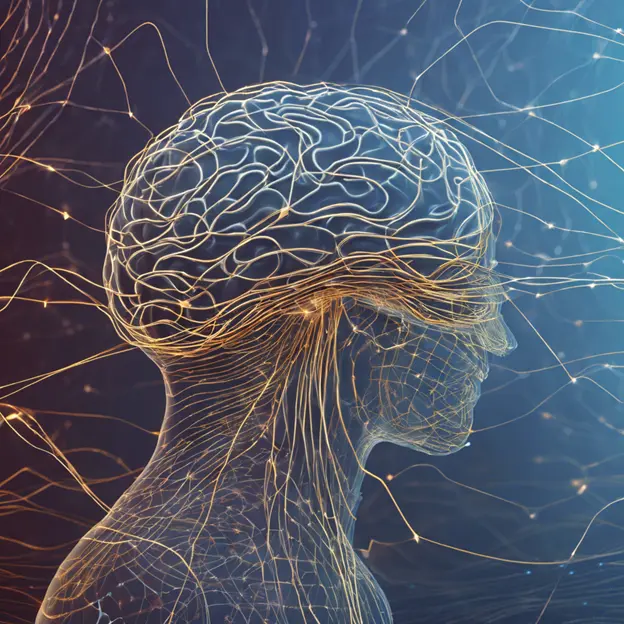
The first brain-computer interface
It basically measures the brain waves that your brain is emitting. When the neurons in your brain spark, an electroencephalograph can pick up the frequency with which they are firing. It measures that electric potential in the brain, and that creates a brain wave pattern that it can measure there. Now we could see the brain in action, with tides and flows of electricity pulsing within the skull. Creating software that would react to those pulses was only a matter of time. This is how the first brain-computer interfaces were born.
Simple thoughts such as yes and no, up and down, left and right, and clear and primitive patterns your brain uses daily are extremely apt at reproducing. It became a godsend for paralysed people. However, getting further than that is very difficult. Brain waves are incredibly weak. An outlet on your wall creates an electric field orders of magnitude more powerful than neurons in your head.
Also, before reaching a sensor, the waves have to pass through layers of tissue, bone, and skin. If only there was a way to get inside people’s heads. The MRI machine reveals the fibres that carry all the brain’s thought processes. It’s an imaging technology that allows us to see inside patients and make diagnoses without ever having to do anything invasive. MRI technology, or magnetic resonance imaging technology, looks at oxygen flow in the brain, with the idea being that blood carries oxygen.
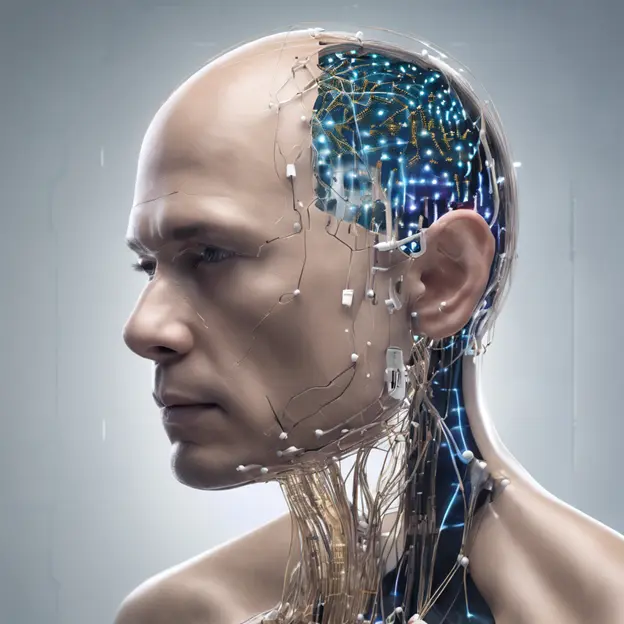
So as blood is going to different parts of the brain, oxygen is going to different parts of the brain, and that is indicative of brain activity. In recent years, researchers have used this method to read words and entire images from people’s minds, but its efficiency is limited due to the lack of pocket-sized MRI machines and the need to train a special algorithm on a person for a long time before it can read anything. Of course, when we’re talking about getting into people’s heads, there’s always the straightforward way.
It’s much more efficient to measure brain activity directly with electrodes placed under the skin or skull. Despite requiring surgery, these invasive BCIs demonstrate the most impressive results. Basically, we’re using a computer to read Keith’s thoughts and translate them into a machine that stimulates his hand. People have been able to control limbs, feel touch, and manipulate objects in virtual space, all thanks to the skull no longer blocking their brainwaves. Elon Musk’s Neuralink, probably the best-known BCI startup, is also banking on the invasive technology. While this technology is similar in many aspects to regular EEGs, the advantage of being closer to the source of the brainwaves is undeniable. All three of these ways of interfacing have their pros and cons, and all are good at accomplishing certain tasks while being practically useless for others.

We collaborate with machines
Imagine a world where our minds and machines seamlessly intertwine, where our thoughts and actions are no longer bound by the limitations of our physical bodies. This world blurs the boundaries between humanity and technology, paving the way for a new era of possibilities. This is Technology Now, and today, we embark on a journey into the cutting-edge realm of Neuralink, a company that dares to challenge the very fabric of our existence. Founded by the enigmatic visionary Elon Musk, Neuralink aims to merge our minds with technology, unlocking untapped potential and revolutionizing the way we experience life.
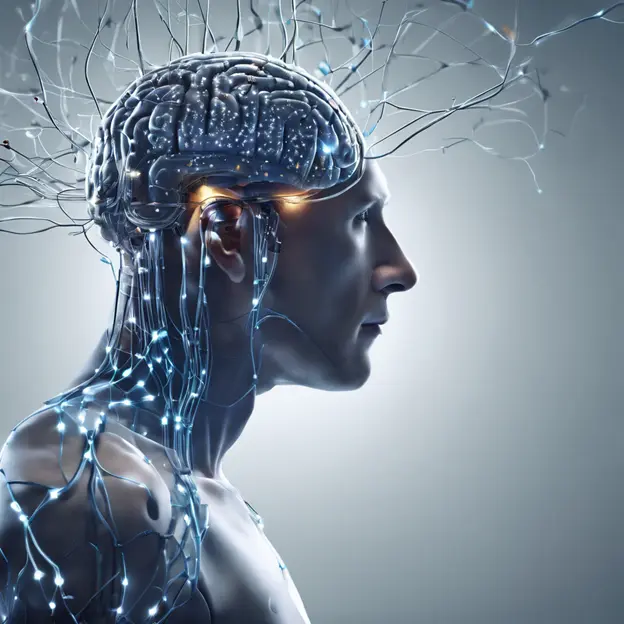
BCI is a revolutionary concept
The important to know about the Neuralink’s brain-computer interface technology, where tiny, flexible electrodes are implanted into the brain, connecting it directly to machines. But this isn’t just science fiction; it’s a reality that’s closer than you might think. The fundamental idea behind Neuralink is the development of a brain- computer interface (BCI) technology. BCI is a revolutionary concept that aims to establish a direct connection between the human brain and external devices or computers.
Developmental stage of BCI
By implanting tiny, flexible electrodes known as “neural threads” into the brain, Neuralink seeks to enable bidirectional communication between the brain and machines. BCI technology has seen remarkable evolution over the years. Previous attempts focused on external devices such as electroencephalography (EEG) caps or invasive techniques like deep brain stimulation. However, these methods had limitations in terms of accuracy, resolution, and the ability to record or stimulate specific areas of the brain. The newest version of this technology sets itself apart by pushing the boundaries of BCI technology.

The Neuralink technology’s objectives
Through advanced neurosurgical techniques and precision implantation, Neuralink aims to achieve high-resolution brain activity recording and precise neural stimulation. This promises to revolutionise our understanding of the brain and how it interacts with the world around us. The visionary goals of Neuralink are twofold: enhancing human capabilities and treating neurological disorders. By establishing a direct link between the brain and technology, Neuralink aims to unlock the full potential of our cognitive abilities.
This includes enhancing memory, processing speed, and learning capabilities, potentially taking human intelligence to unprecedented levels. Additionally, Neuralink seeks to address and treat neurological disorders. From paralysis and spinal cord injuries to neurodegenerative diseases like Parkinson’s and Alzheimer’s, Neuralink’s brain-computer interface technology holds the promise of restoring lost functions and improving the quality of life for those affected.
Neural threads serve to establish a connection between the brain and the machine
Through their ambitious goals, the technology envisions a future where humans are not limited by their biological constraints but instead empowered by the seamless integration of mind and machine. The Science Behind Neuralink The science behind this innovation involves a combination of cutting-edge principles and technologies that make this brain-computer interface (BCI) possible. To begin with, Neuralink utilizes tiny, flexible electrodes known as “neural threads” to establish a connection with the brain.
These threads are incredibly thin and are inserted into the brain tissue using a specialized surgical technique. The threads are designed to be minimally invasive, reducing the risk of damage to surrounding brain structures. Once implanted, the neural threads make contact with individual neurons, allowing them to record and stimulate neural activity. This enables Neuralink to monitor the electrical signals generated by the neurons and decode the information they carry.
The high density of these electrodes allows for precise and localised recording and stimulation, providing a more detailed understanding of brain function. Machine learning algorithms play a crucial role in interpreting the vast amount of collected neural data. These algorithms analyse and interpret the neural signals, deciphering patterns and extracting meaningful information. Through this process, Neuralink can understand the intentions, thoughts, and commands encoded in the neural activity.
Machine learning algorithms also aid in the creation of closed-loop systems, which record neural signals and use them to stimulate the brain in real-time. By detecting specific patterns or triggers in the neural activity, the system can respond with tailored electrical stimulation to influence brain function. The combination of neural recording, stimulation, and machine learning algorithms creates a powerful feedback loop that enables Neuralink to interface with the brain in a highly precise and responsive manner.

Application of the Neuralink
This integration of neuroscience, engineering, and artificial intelligence forms the scientific foundation of Neuralink’s brain-computer interface technology. Through ongoing research and development, Neuralink aims to continually improve the capabilities and understanding of this technology, paving the way for groundbreaking advancements in neuroscience, medicine, and human-computer interaction. Potential Applications of Neuralink, Neuralink has the potential to bring about transformative impacts on various aspects of human life, revolutionising how we interact with technology and our own cognitive abilities. In terms of medical applications, Neuralink offers hope for individuals with paralysis, spinal cord injuries, and neurodegenerative diseases.
Neuralink may help alleviate symptoms and improve quality of life.
By establishing a direct connection between the brain and external devices, Neuralink could enable paralysed individuals to regain mobility and independence. It holds the promise of bypassing damaged or disconnected neural pathways, allowing signals from the brain to control prosthetic limbs or assistive devices. By restoring or modulating neural activity, Neuralink may help alleviate symptoms, improve quality of life, and potentially slow down the progression of these devastating diseases. Beyond medical applications, it opens up possibilities for cognitive enhancement. By directly interfacing with the brain, Neuralink could enhance memory, processing speed, and learning abilities.
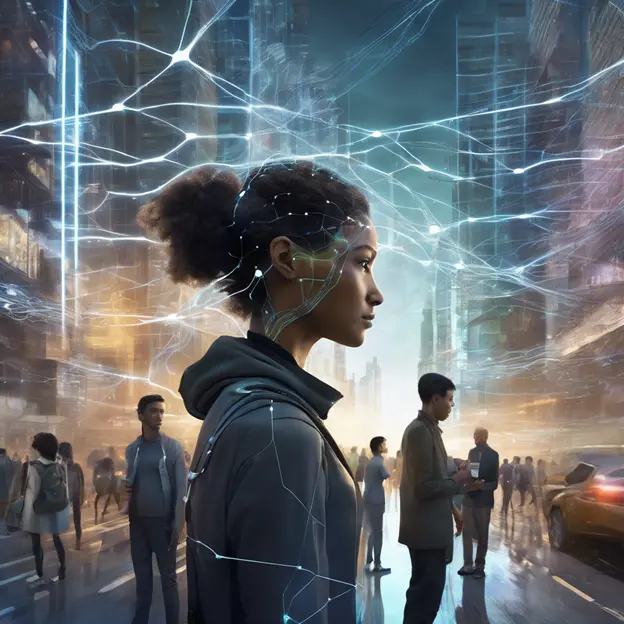
Innovation and communication
This could have profound implications for education, skill acquisition, and overall cognitive performance. Imagine being able to learn new languages or complex subjects at an accelerated rate, or having instant access to vast amounts of information stored externally. Moreover, the innovation paves the way for direct communication between humans and machines. Traditional methods of input and output, such as keyboards and screens, may become obsolete as Neuralink enables the transfer of information directly from the brain to computers or other digital interfaces. This could revolutionise how we interact with technology, allowing for seamless and instantaneous communication, control, and integration.
Ethical and social implications Ethical and societal implications surrounding the merging of our minds with technology, such as Neuralink’s brain-computer interface, evoke a whirlwind of intriguing questions and potential consequences. As we venture into the realm of mind-machine integration, privacy becomes a paramount concern.
Can we safeguard the sanctity of our thoughts?
The very idea of technology accessing our innermost musings sparks a debate on the boundaries of personal privacy and the potential for unauthorised access. Consent, too, looms large in this landscape. Implanting electrodes into our brains raises profound ethical dilemmas about individual autonomy and the informed decision-making process. Who has the right to alter the inner workings of our minds, and how can we ensure that consent is fully informed, free from coercion or manipulation? But let’s explore the societal implications of a future where brain-computer interfaces have woven themselves into the fabric of everyday life. Imagine a world in which we can freely share our thoughts with others, no longer confined to our heads. Communication takes on a whole new meaning as direct mind-to-mind connections blur the lines between individuality and collective consciousness.

What makes us human?
As we augment our cognitive abilities and merge with machines, do we risk losing touch with our essence? Perspectives clash on the delicate tightrope walk between embracing technological progress and preserving the intangible aspects of our humanity. In a world where our minds intertwine with technology, Neuralink’s vision pushes the boundaries of what it means to be human. Join us as we navigate the ethical maze, unlocking the potential for medical miracles, cognitive enhancements, and a society forever transformed. Step into the future, where the convergence of minds and machines awaits.
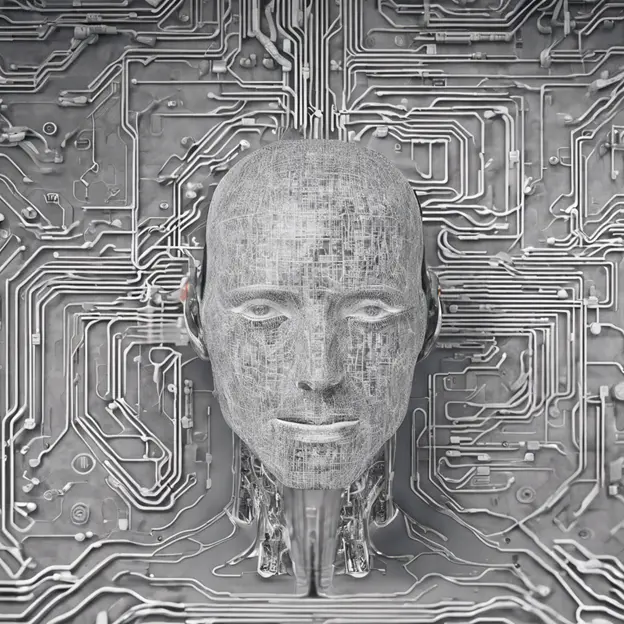
I am very thankful to my research community, whose continuous support gives me strength and motivation for further research work. Please share these pieces of information with researchers, scholars, and students to enhance the existing body of knowledge. I am again thankful.
Regards
Dr. abid Hussain Nawaz
You Might Also Like


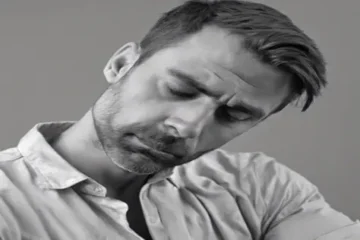

As the neuralink technology evolves, scientists are not only enabling humans to communicate but also we can communicate with other organisms by translation of those waves emitted by the brain of those organisms, how surprising it is
Informative research
Can you imagine a scenario where humans and machines collaborate to solve a complex problem? How would this collaboration unfold?
And also adress Ai reduce human brain thinking cpacity can this effect on knowledge.
As we all know, collaboration is possible if mutual levels of working style match. Therefore, I believe that at that level of thinking, humans are superior to machines. Humans’ limitless capacity to think and transform ideas into reality ensures that our thinking capacity remains unaffected. Artificial intelligence (AI) will strengthen our knowledge.
So informative Dr
BCI technology cannot caught our thoughts because our thinking style is different from everyone and the same thought occurs at different time in different context which is very difficult to understand while BCI technology captures information in our brain and can easily understand information as compare to thoughts but BCI technology is an important and useful initiative to expand our knowledge and discovery.
Thank you so much sir g.